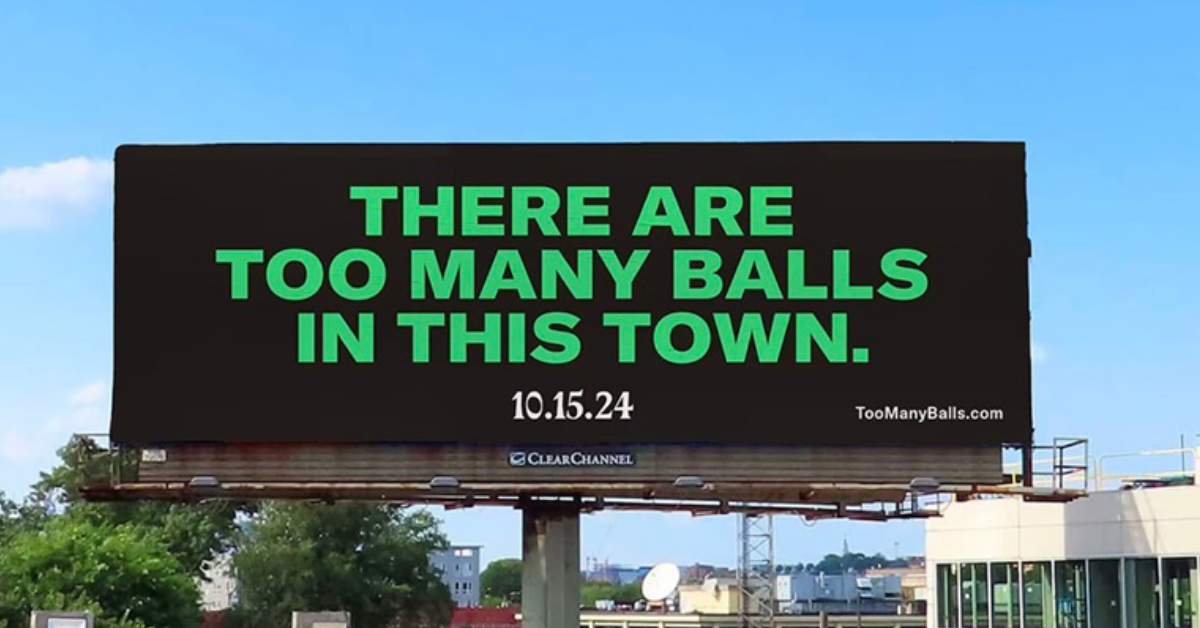I’m a bit of a UNC basketball diehard (maybe not Tar Heel born, but certainly bred, dead). But another must-see team has landed on my calendar the last couple winters. Iowa women’s basketball and its transcendent guard, Caitlin Clark. I’m hardly alone, as she fills seats, boosts ratings and moves merchandise in unprecedented ways. In her latest installment last week, she broke the NCAA Women’s scoring record in a way that, well, only she would.
She draws no shortage of comparisons to the game’s greatest players. And when you factor in her outsized, off-court impact, that comparison list becomes much, much smaller.
But her basketball exploits are just part of the story
That’s because Caitlin Clark, in the middle of the Iowa heartland, is the epicenter of a fundamental shift. Women have long been darlings of marketers in the U.S. The Williams sisters. Simone Biles. Katie Ledecky. But very few in team sports. And fewer still (maybe none?) from a revenue-generating college team. She is THE face of college basketball. Not women’s college basketball, all of college basketball.
It certainly has helped that stars have aligned
One-and-dones and non-and-dones continue to diminish the notable names and player marketability on the men’s side. And NIL (Name, Image, Likeness) has empowered athletes to capitalize on their fame, allowing them to partner with brands and build individual identities beyond their teams. As of 2023, Clark’s total net worth was estimated at $3 million, according to Equity Atlas—a figure expected to increase dramatically by the end of this season. She has deals with State Farm, Nike, Bose, Goldman Sachs, H&R Block and many others.
“I’ve heard it called ‘Caitlin-omics,’” Iowa women’s basketball coach Lisa Bluder recently said. “She’s the face of basketball, men or women, right now in college. She’s the best player in America. If you go anywhere around the country where they know anything about basketball, they know who Caitlin Clark is.”
It’s part of an explosion of women’s athletics that is pervasive. Nebraska volleyball selling out the football stadium. The Cavinder twins. The LSU tandem of Angel Reese and Olivia Dunne. 55,000 showing up at Kinnick Stadium to watch Clark and nearly 2 million watching the broadcast of her game against Ohio State. There’s more TV exposure, more media exposure generally. Incidentally, a sports editor at a major daily was telling me last fall just how much more space they planned to dedicate to women’s sports—not because they exist, but because demand necessitates.
For marketers, there’s a goldmine of potential
Their immense followings, combined with the growing interest in women’s sports and the power of NIL, make them ideal brand partners. They can connect with diverse audiences, promote positive social messages, drive sales—and contribute to incredible lifetime customer value given those Clark is influencing.
An NIL deal is like any brand partnership in that you want to make sure to structure it in a way that works for you and the athlete:
- Create a clear scope of services. Too often, we’ve seen missed opportunities because a brand didn’t consider how best to use a partner to break through the noise,
- Clarify IP rights,
- Be clear on terms and termination (including morality clauses, transfers, etc.), and because of that shorter terms may be better,
- Pay clear attention to NCAA, university and legal compliance.
But what’s clear is that brands slow to respond to the explosion in women’s sports, who aren’t willing to seize upon this massive shift aren’t just missing a massive opportunity—they run the risk of alienating audiences who embrace those who are embracing change.
As for Caitlin Clark, we can only hope that she’ll continue to play into April, perhaps all the way to the Final Four in Cleveland. Either way, she’s left a seismic shift that will be felt for years to come.
Originally published in The Bulldog Reporter.





